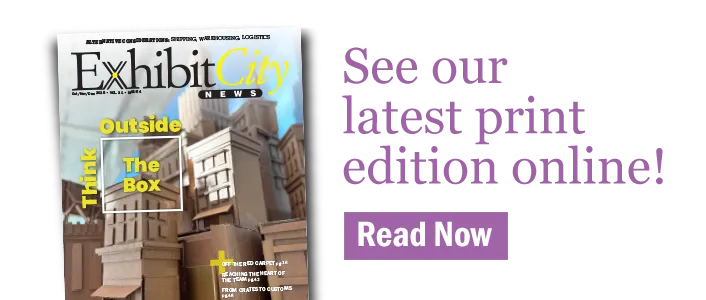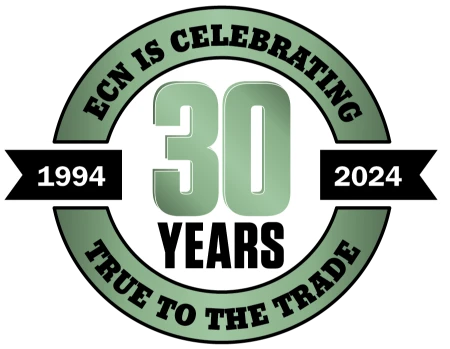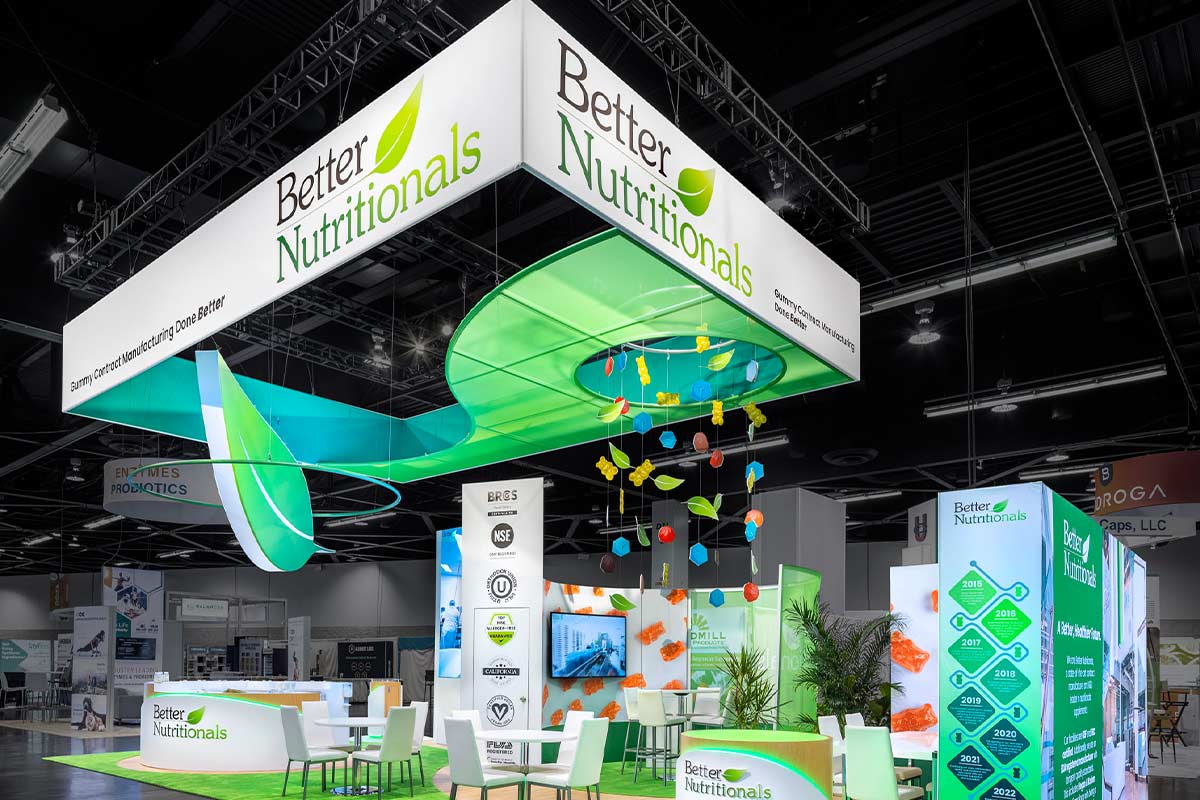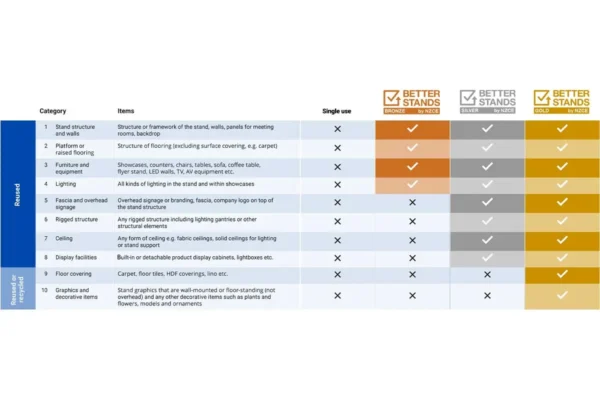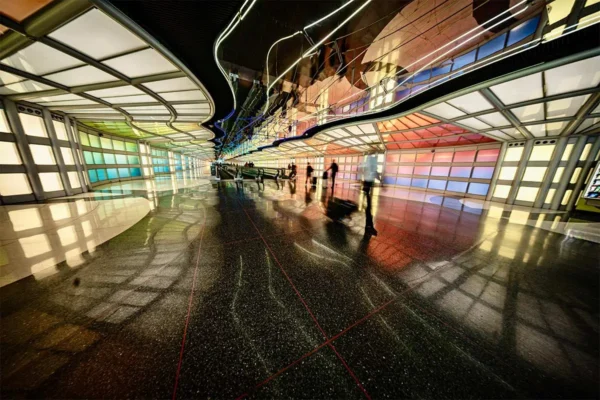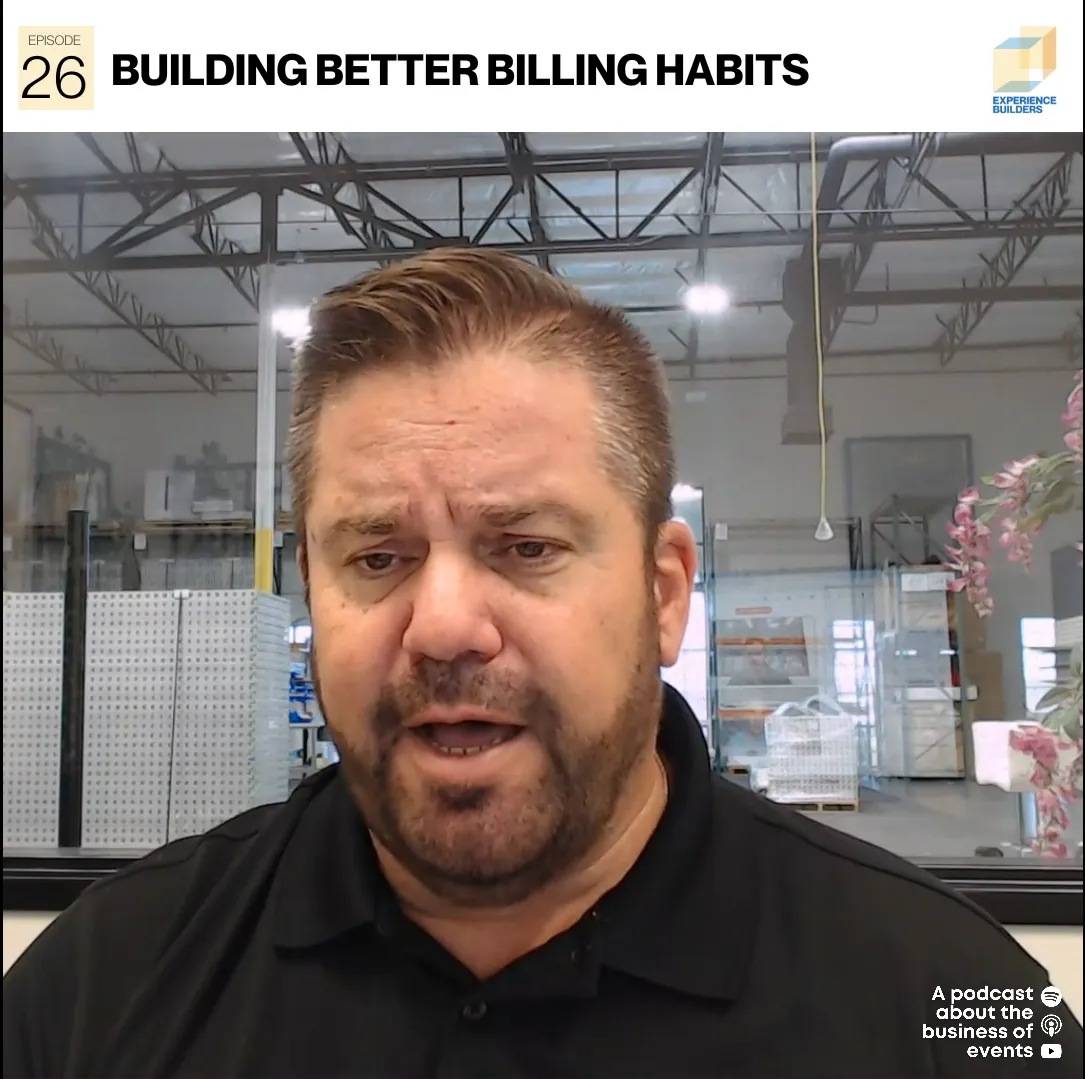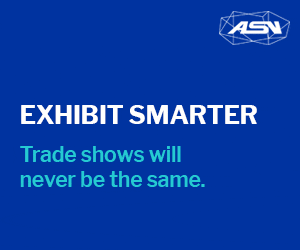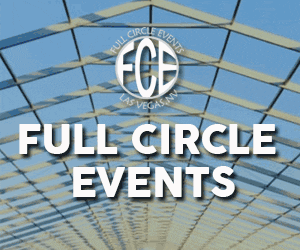How Innovation, Smart Modularity, and Sustainability Are Reshaping Exhibit Design
Exhibit design is evolving, with modularity, interactive technology, and sustainability driving the next generation of trade show experiences. In 2025, many exhibit builders are focused on adaptable structures, immersive engagement, and smarter materials to create booths that are efficient, cost-effective, and environmentally responsible.
Beyond Aesthetics: Designing for Engagement
Today’s exhibits function as immersive brand experiences rather, than static displays. Coty Adams of Rockway Exhibits + Events notes that exhibitors are moving toward interactive environments that activate multiple senses and encourage deeper audience connections.
“Instead of chasing short-lived design trends, companies are prioritizing personalized engagement and real-time interaction,” Adams explains. At Microsoft Ignite 2024, for example, a booth transformed visitor interactions into a sustainability initiative—each engagement led to a real tree being planted, visualized on a growing digital display. At Scope 2025, a brand used vintage phones playing multilingual stories to connect with a global audience in an unexpected, interactive way.
Tech-Driven Transformation: Smarter, More Adaptable Exhibits
Exhibit spaces are becoming more dynamic and adaptable. “Advancements in AI, flexible LED screens, and interactive content are redefining how brands engage audiences,” says Deb Smolen of ATMOS Exhibits.
beMatrix has introduced modular solutions aimed at improving flexibility and engagement. Their new self-closing pivot doors, ClimatePartner-certified frames, and seamless LEDskin integration allow for more sophisticated booth configurations. These updates streamline setup and create more versatile environments that exhibitors can reconfigure across multiple shows.
Aluvision is also advancing modularity with its aluminum frame systems, which offer plug-and-play adaptability. Its tool-free Quick Tightener system allows for faster installation and reduced labor costs, while lightweight structures lower shipping emissions. These innovations make it easier for exhibitors to create high-impact designs that remain cost-effective and reusable.
Sustainability and the Future of Materials
The demand for sustainable, reusable exhibit structures continues to grow. “Companies are no longer just interested in sustainable materials—they want systems that maximize reuse and reduce environmental impact at every stage,” Smolen says.
Both beMatrix and Aluvision are pushing sustainability efforts further. beMatrix’s ClimatePartner-certified frames are the first in the industry to earn climate-neutral certification, helping exhibitors reduce their carbon footprint. Aluvision’s frames are made from recycled aluminum and anodized for durability, ensuring they last through multiple show cycles.
“The future of exhibit design is scalable, reusable, and eco-conscious,” says an Aluvision representative. “We’re seeing more demand for modular booths that can be reconfigured for multiple shows, eliminating waste and lowering costs over time.”
Innovative Exhibit Case Study: The Rise of Smart Modularity
A prime example of this shift is Better Nutritionals’ exhibit by ATMOS Exhibits at Natural Products Expo West. The 20’ x 40’ booth combined:
- Lightweight overhead fabrics for maximum visibility.
- A curved AV wall displaying dynamic, responsive content.
- A modular sampling counter with translucent bins for hands-on interaction.
This type of adaptable, interactive exhibit represents the growing demand for booths that are not only visually engaging, but also reusable and efficient.
Looking Ahead: The Next Phase of Exhibit Design
Industry leaders agree that the future of exhibit design will focus on adaptable environments, modular and sustainable materials, and integrated technology that enhances attendee engagement.
As Adams puts it, “We’re moving toward an era where exhibits aren’t just designed—they’re intelligent, responsive, and continuously evolving to create deeper connections with attendees.”
The next generation of exhibits will be built to last, designed for flexibility, and focused on delivering high-impact experiences across multiple events.
This story originally appeared in the Q2 2025 issue of Exhibit City News, p. 26. For original layout, visit https://issuu.com/exhibitcitynews/docs/exhibit_city_news_-_apr_may_jun_2025/26.



